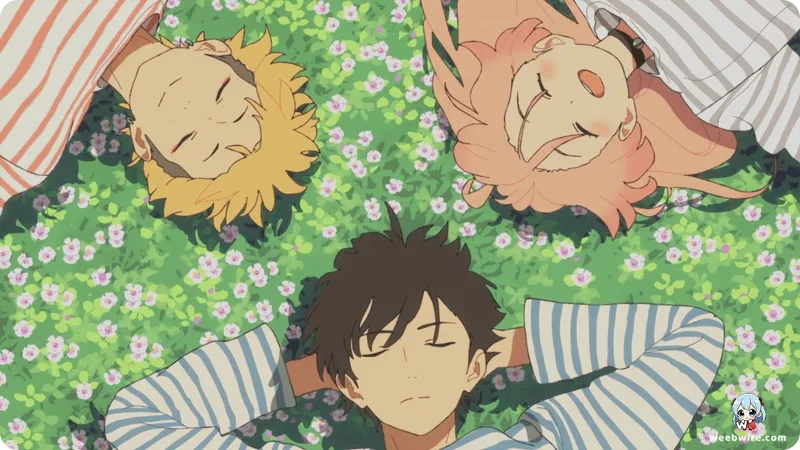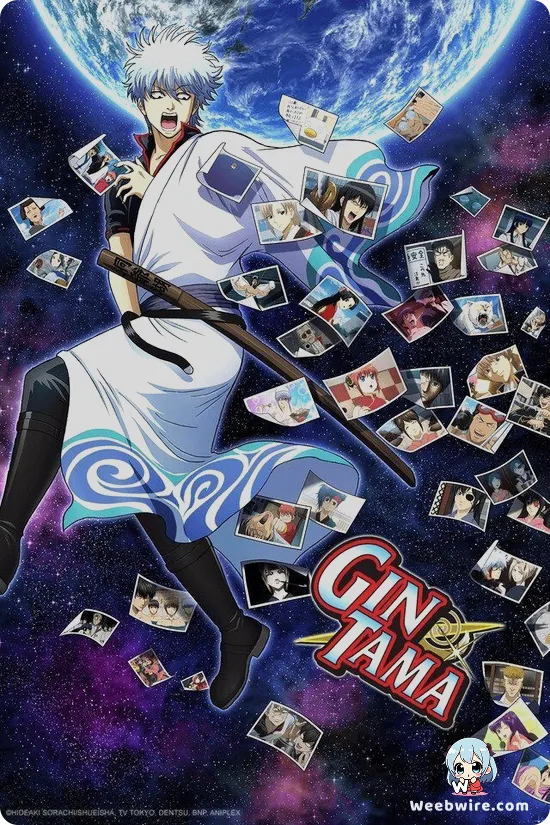Beyond the Hilarity: Unpacking the Essential Trivia and 'Sket Dance' Connections in Kenta Shinohara's WITCH WATCH

Kenta Shinohara’s acclaimed series, WITCH WATCH, distinguishes itself as a sophisticated blend of absurd slice-of-life comedy and a compelling supernatural narrative. While readers are generally familiar with the central premise involving Nico Wakatsuki, a young witch, residing with her childhood friend and Oni clan guardian, Morihito Otogi, the true depth of the series lies in its structural genius, subtle narrative connections, and hidden trivia.
Appreciating these nuanced elements is crucial for fans anticipating its transition to the screen, which is being handled by Bibury Animation Studios.
The Spiritual Successor to Sket Dance
A cornerstone of WITCH WATCH’s appeal is its acknowledged status as a spiritual successor to Shinohara’s prior smash hit, Sket Dance. The fundamental template of character-driven, episodic high school comedy is retained, but here it is infused with potent magical lore. Both series revolve around a central group tackling eccentric problems. However, where the Sket-dan faced mundane club difficulties, Nico and Morihito confront magical threats that often carry apocalyptic stakes.
This seamless narrative dexterity is widely dubbed the 'Shinohara Shift,' referring to the author's signature technique of pivoting abruptly, yet flawlessly, from chaotic, nonsensical slapstick to moments of deep emotional resonance or serious dramatic tension. This capacity to elicit uncontrollable laughter one moment and genuine pathos the next defines the manga, with WITCH WATCH expertly integrating these emotional beats directly into the core framework of prophetic magical danger.
The manga also serves as a vibrant archive of Easter eggs linked to the larger 'Shinohara-verse.' Dedicated readers have unearthed numerous subtle homages, from background figures reminiscent of Sket Dance members to recycled running gags and specific catchphrases. This sense of a shared, cohesive comedic universe transcends simple nostalgia, underscoring a consistent philosophical approach underpinning Shinohara’s creations.
Subverting Magical Girl Tropes
Focusing on the heroine, Nico Wakatsuki, offers fascinating insight into how the series deliberately subverts conventional magical girl tropes. Unlike traditional protagonists whose powers are reliably grand, Nico’s spells are notoriously volatile. They often backfire in hilariously inconvenient ways or possess hyper-specific, mundane limitations. This inherent unpredictability functions as the primary comedic engine of the series.
Her 'flawed magic' ensures that Nico cannot rely on overwhelming power; instead, she must leverage her intelligence, emotional maturity, and the assistance of her allies to resolve conflicts.

Serving as Nico’s stalwart guardian is Morihito Otogi, arguably one of the most distinctive Tsukkomi (straight men) currently active in manga comedy. His immense physical capabilities and impenetrable stoicism consistently contrast with the sheer absurdity of Nico’s predicament. His strict adherence to duty and seemingly emotionless exterior are frequently undermined by his intensely detailed, often panicked, internal monologue.
Translating the Visual Comedy
Finally, the forthcoming anime adaptation by Bibury Animation Studios presents a compelling production challenge. Translating Shinohara’s unique comedic cadence is difficult because the source manga relies heavily on sudden shifts in visual style, from high fidelity to crude exaggeration, to land its jokes. The critical factor for fans to watch is how Bibury will utilize animation techniques to faithfully capture the rapid-fire, visual-shock-reliant comedic rhythm that defines Shinohara’s serialized masterpiece.
Despite its lighthearted packaging, the lore of the 'great prophecy' and the underlying threat of ancient demonic forces provide a genuine dramatic weight, demonstrating WITCH WATCH's skill in using humor as a deceptive shield to mask profound narrative stakes.
Credits
WITCH WATCH
Author
Kenta Shinohara
Cover Art
Kenta Shinohara
Studio
Bibury Animation Studios
Publisher
Shueisha
Producers





